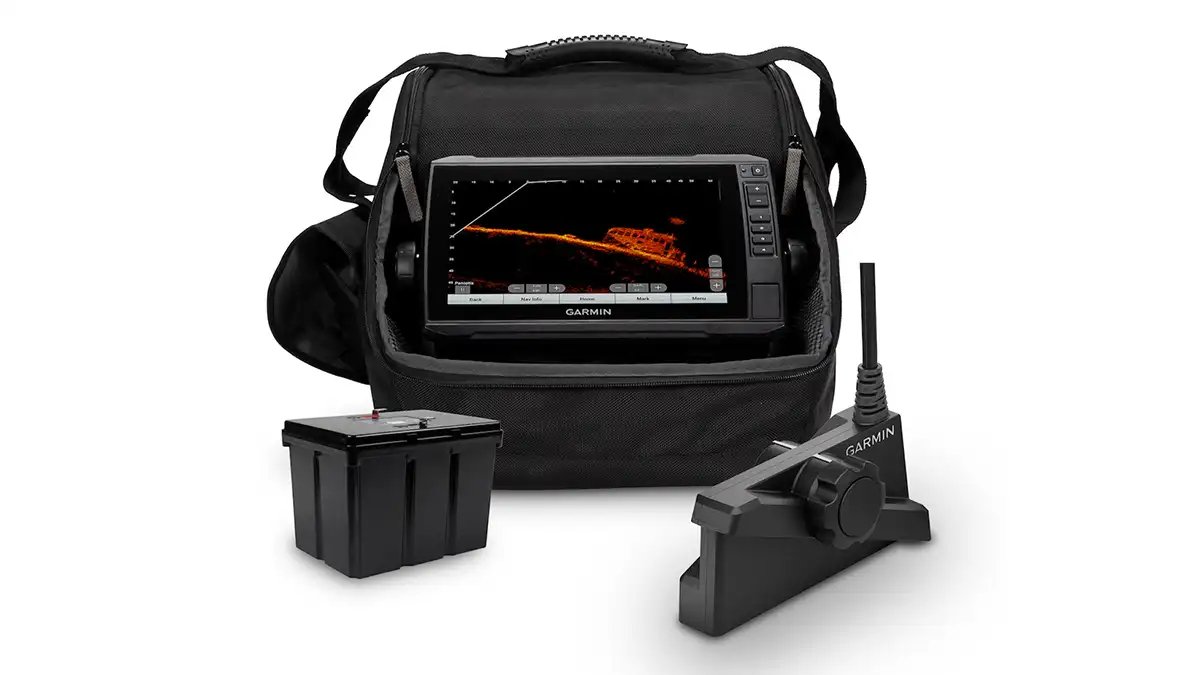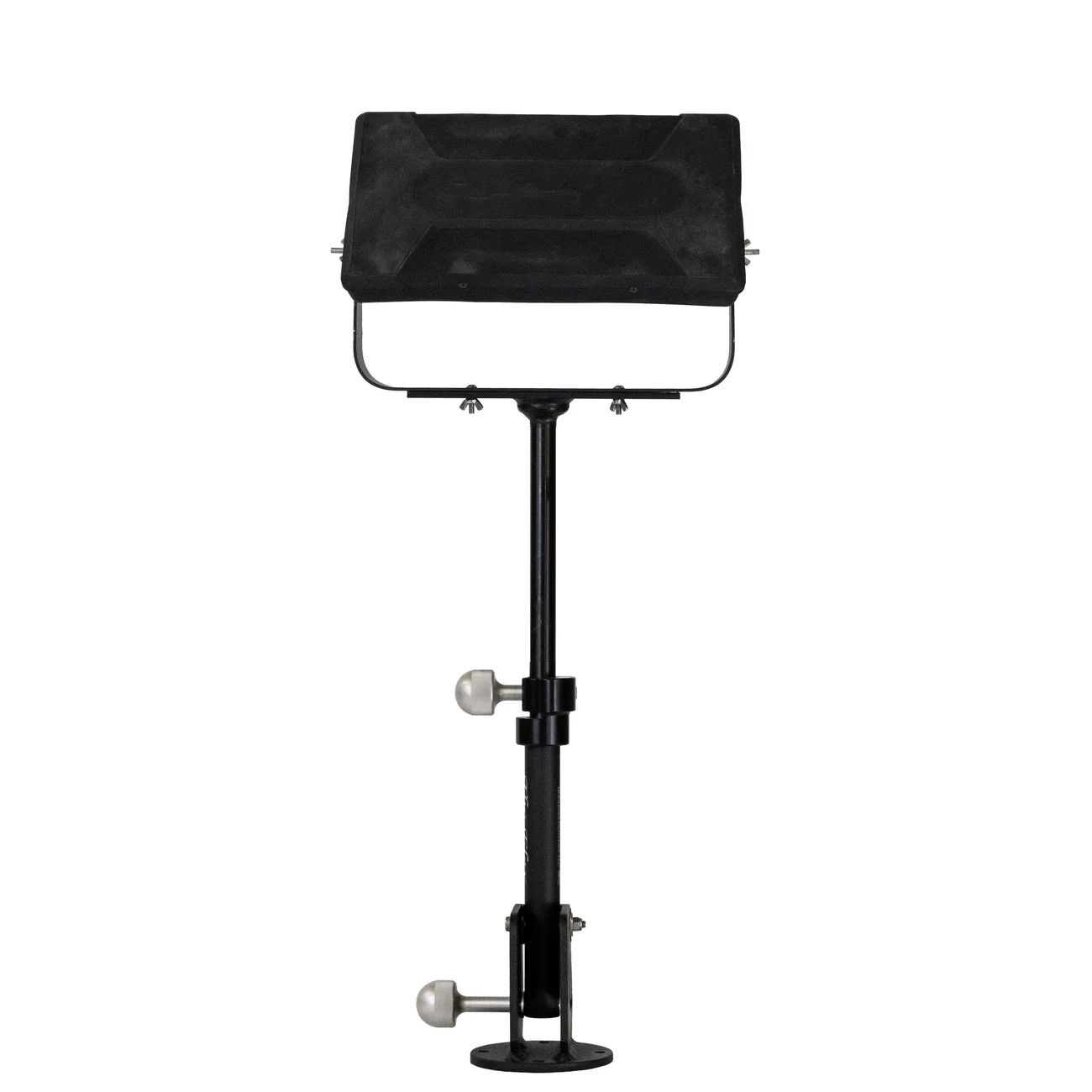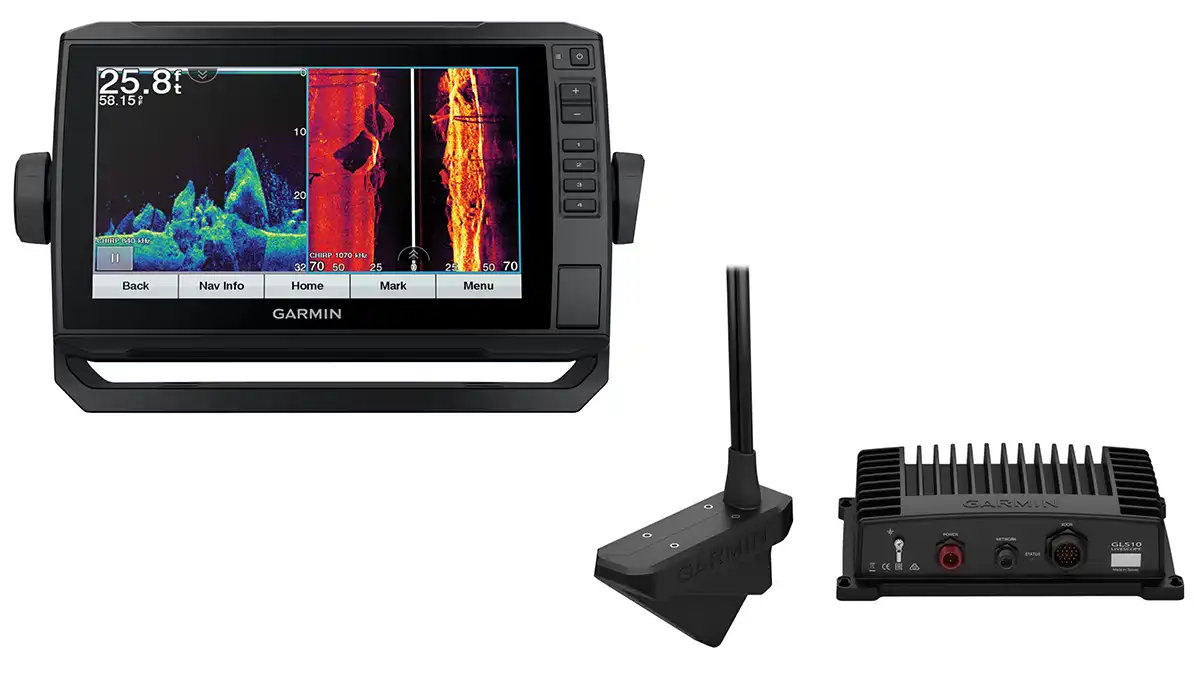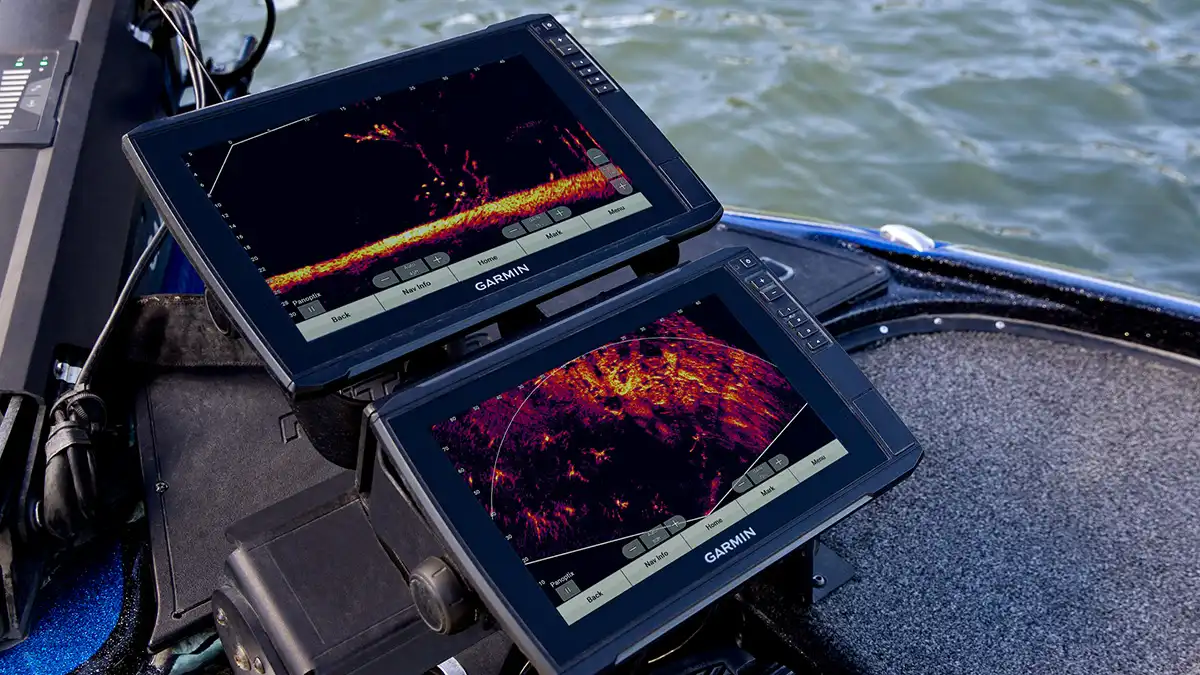Love it or hate it but everybody is talking about it. Forward facing sonar is the most capable and controversial piece of equipment to ever enter the bass fishing stratosphere. I’ve never shared my personal opinion on it, and I’m not really here to do so today. All I’ll say is that I don’t have it on my boat… yet. However, that has been as much of a financial decision as a moral one to date.
My dad does have a 9-inch HDS Lowrance unit on his boat with Active Target. I’ve used his Lowrance a good bit by now, primarily to scan around to see what the contour of the bottom looks like in front of me. I’ve maybe caught 10 or 12 fish as a direct result of seeing them on the screen, though I haven’t actually watched a fish eat my bait yet.
I do like FFS for that purpose though, for being able to see the contour in front of and around me. I like that I can find cover like brush with it that I wouldn’t have known about otherwise. I like being able to see whether there’s bait around or not. Although I don’t really want it to take over my fishing, and that is one reason I haven’t bitten the bullet, yet.
The other reason being it’s a hard bullet to chew price wise. Adding FFS to your boat is an expensive endeavor. I don’t believe this new technology really prices people out of the competition the way they believe it does. I’ve done some research, and there are “budget friendly” ways to get into the FFS game. Here’s what I found.
WHAT DOES BUDGET FRIENDLY MEAN?
Budget friendly is a relative term here. You’re not going to put forward facing sonar on your boat for a couple hundred bucks… not legally anyway. However, you don’t have to spend $50,000 adding 5 units and 5 transducers to your boat like the pros are doing either.
Frankly, if you’re just a common bank beater or someone that’s not particularly tech savvy, like myself, you’re not going to get the good out of all those units anyway. You’d be better off with one reasonable graph. There are ways to add a 9-inch forward facing sonar unit to your boat without breaking the bank. Even Garmin’s LiveScope, which many believe to be the industry leader.

FFS DEALS
While picking the brain of one of the Garmin representatives at the Bassmaster Classic Expo a month ago, I found out that you could get a complete Garmin LiveScope setup with a 9-inch screen for around $1,700 through Bass Pro Shops.
You can still assemble this package by pairing a Garmin ECHOMAP UHD 93sv ($699) with the Garmin Panoptix LiveScope Transducer System ($999). You could certainly buy a smaller graph and get this for even cheaper, this is an option for the kayak angler who is sitting low in the boat with a graph at eye level. For the big boat angler, a 9-inch unit is about as small as you’ll be able to go to still see adequate detail.

MAXIMIZING THE 9 INCH SCREEN
I was sitting on my couch a few years ago watching a football game on my phone. I looked up at the 70-inch TV screen I had in my living room at the time. It hung on the wall some 16 feet away from where I was sitting. I lifted my 6-inch phone screen up to eye level, even with the height of my TV, and quickly had a realization about perspective.
My phone screen, at 6-inches right in front of my face, was the same size as my 70-inch TV screen sitting 16 feet away. Moral of the story, you can take a 9-inch graph and elevate it a foot or so with a mount and it’ll be as big as or even bigger than a flush-mounted 10-inch or even 12-inch screen, from your perspective. While a 10-inch 106SV costs $300 more than the 93SV, and a 126SV is more than twice the price of the 93SV ($1,499).
Look at the Beatdown Outdoors New Flex for example. This mount is designed to elevate a graph from 17- to 30-inches off the deck of the boat. Priced at $310, it’s still a fantastic option as compared to a 12-inch screen flush mounted to the deck.
Would the 126SV be clearer and better than the 93SV? Yes. But we’re talking about the difference between sitting around and complaining because it costs $2500 to get a 12-inch LiveScope setup, or getting in the game for $1,700. There are even more affordable ways too.

BUY FFS USED
The technology behind FFS is advancing rapidly. State-of-the-art hardware is repeatedly becoming obsolete within just months of its release. Well, “obsolete” is a bit of a stretch, though that’s what the Joneses would have you believe.
If you can take a step back from salivating at the crystal clear images of the latest and greatest transducers, I think I can help you sober up enough to make a pretty smart decision. The LVS34 transducer from Garmin is believed by many to be the most capable and clear of any FFS transducer to date.
There’s more hype around the presumed impending launch of LVS36 transducer than there is about the boxing exposition between 57 year-old Iron Mike Tyson and 27 year-old YouTuber turned amateur boxer Jake Paul. What a strange world we’re living in.
I digress. My point is, it’s easy to get wound up in the ultra comparison-driven world of social media, to be made to believe that if you don’t have the newest thing, you’re nothing. This is a ridiculous, and poisonous way of thinking.
Is the LVS34 a better transducer than the LVS32? Yes. But let’s call it 10% better. The LVS32 transducer, however, is 100% better than no FFS at all. You can find this transducer on Facebook Marketplace and other second-hand platforms for a fraction of the price, regularly, for as little as $300.
Pair this with a 93SV that you can also find readily on FB for $400, and you have a 9-inch Garmin LiveScope system for $700. A high-end rod and reel cost $700 these days. That’s a relative bargain compared to what many believe it costs to get started with FFS.
THINK OUTSIDE THE BOX
Jason Sealock mentioned another good option to me one day when I was kicking around ideas with him about all of this. He’s actually got the Garmin ice fishing bundle that he uses with his kayak. You can find these ice fishing packages used this time of year for an affordable price, as the ice melts away up north.
Even though these bundles aren’t heavily marketed to open water anglers, they are perfect throw-and-go units for kayaks, Jon boats and even big boats, if you wanted to get creative and mount one to your rig.
All this to say, forward facing sonar is perhaps not as far out of reach as some of you have been led to believe. A reasonable unit can be purchased on a budget. Even one of these relatively modest setups can greatly enhance your ability to find fish, locate cover and process water.
You may have other reasons for not using FFS, and I respect that, as I am still a little torn over it all myself. However, financially, the tech is finally at a point where it’s not an unbearable endeavor to get into it. That’s where I’ve landed at least.












